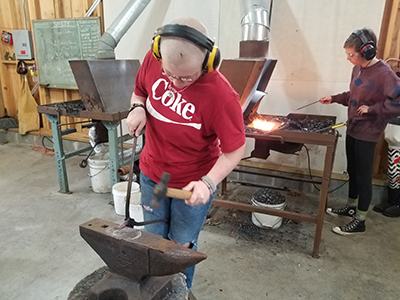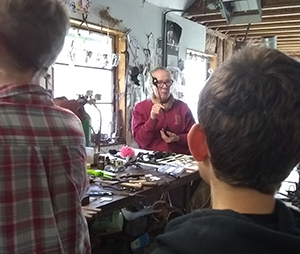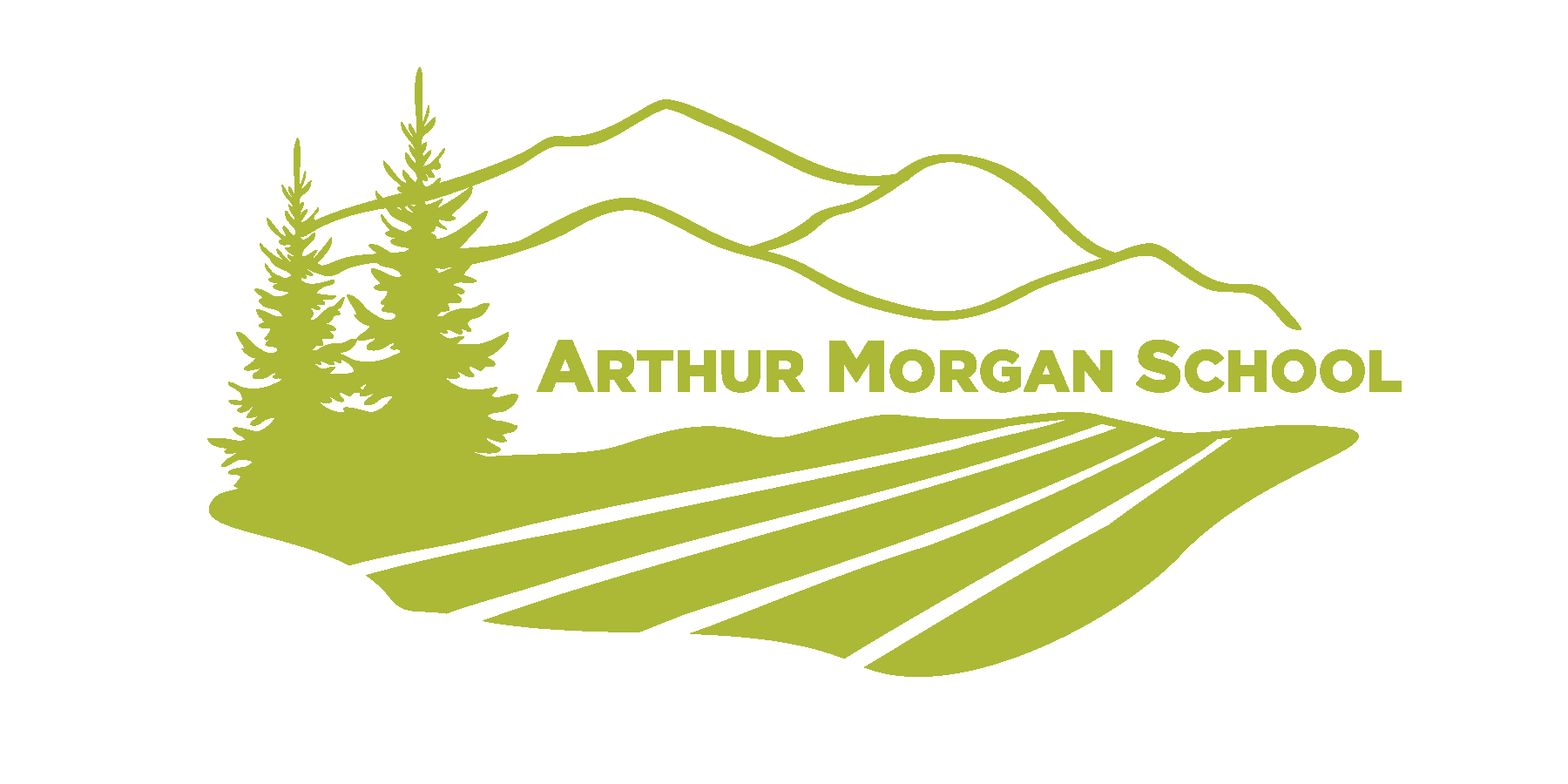Teaching Feminism with a Forge

One of the best things about Arthur Morgan School’s academics is our ability to include current events in our classes. Forging and Feminism is the perfect example. In this core class, students have been exploring their own power in the forge while discovering the voices of powerful women past and present. The course combines history and art to study the current movement of intersectional feminism, women’s history, and the artwork of notable women blacksmiths.
Inspired by Student Inquiry
The vision of this class began during our 18-day trip last year. Coming up through Atlanta on our final day, a handful of students went with me to check out the feminist book store. Though we spent less than 30 minutes browsing, the students spoke at length afterward about what they saw. I could see how validating that space had been–and how hungry they were for information and discussion about the movement.

Many of our middle schoolers are interested in the current wave of feminism, especially for its empowerment message and trendiness. I wanted to provide space for them to learn more about it. This class presses students to question what past and present messages of feminism mean to them personally and to women who experience various other forms of oppression (racism, ableism, classism, cissexism, homophobia, etc.).
Where Forging and Feminism Meet
Having a dialogue about the feminist movement and history of women’s rights run parallel to creative expression in the forge as a powerful way to “smash the patriarchy.” With our new forge up and running, I wanted to start the year making sure our girls and non-binary students felt just as empowered to work in that space as our boys. The current events and history we discuss in class has a complex gravity including Reversing Roe, #meToo, and the Ford-Kavanagh hearings. Using artwork, especially the strong medium of metal, to process themes of oppression and empowerment is a way of grounding and digesting the feelings these topics evoke.
As projects for the course, students had the choice between been writing their own Feminist Manifesto or conducting research on a well-known feminist or female artist. The students also made an intersectional women’s history timeline which reflects the different events and laws that impact white middle class women, black women, and queer/trans women. In the forge, they will make steel artwork. They will craft an artist statement to go along with their piece connecting it to feminism.
Meeting Local Artists
While on the trip, students took a trip to the metal work studios of Seth Gould and Elizabeth Brim. They gave us tours of their spaces and answered questions about blacksmithing. Brim was a special treat as she was also willing to share her views on feminism.
Forging and feminism has been super successful in helping students both express themselves and satisfy the curiosity. With so much information to cover, the class will continue through the December unit allowing students to hone their blacksmith skills even further. Both they and I are excited to keep taking on this important topic.
